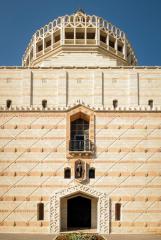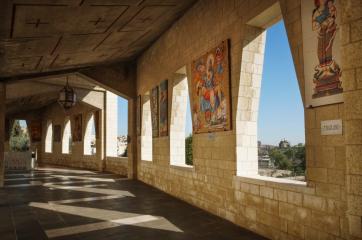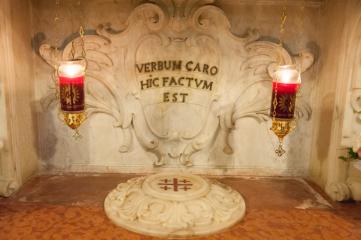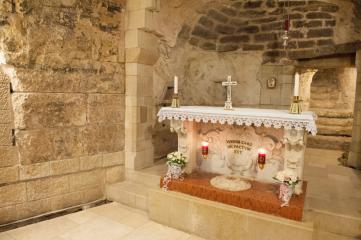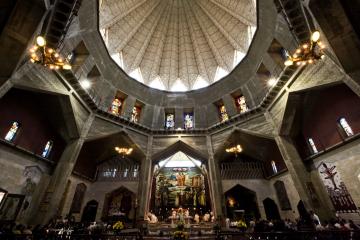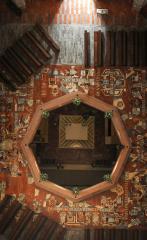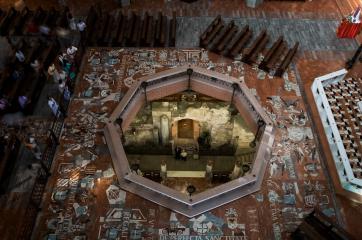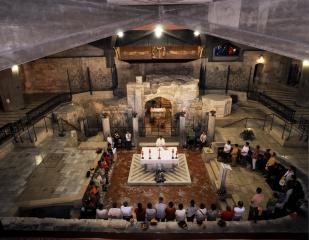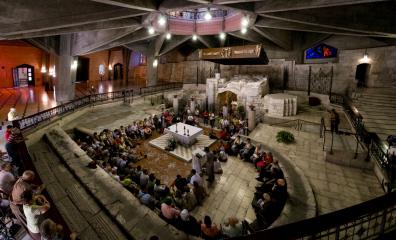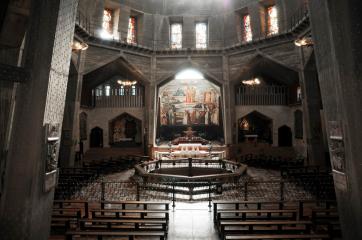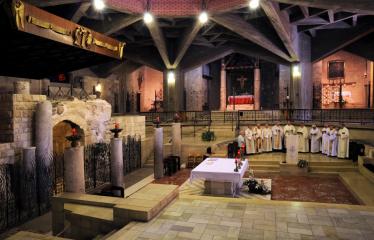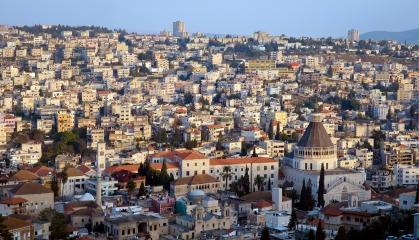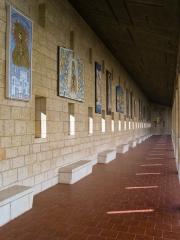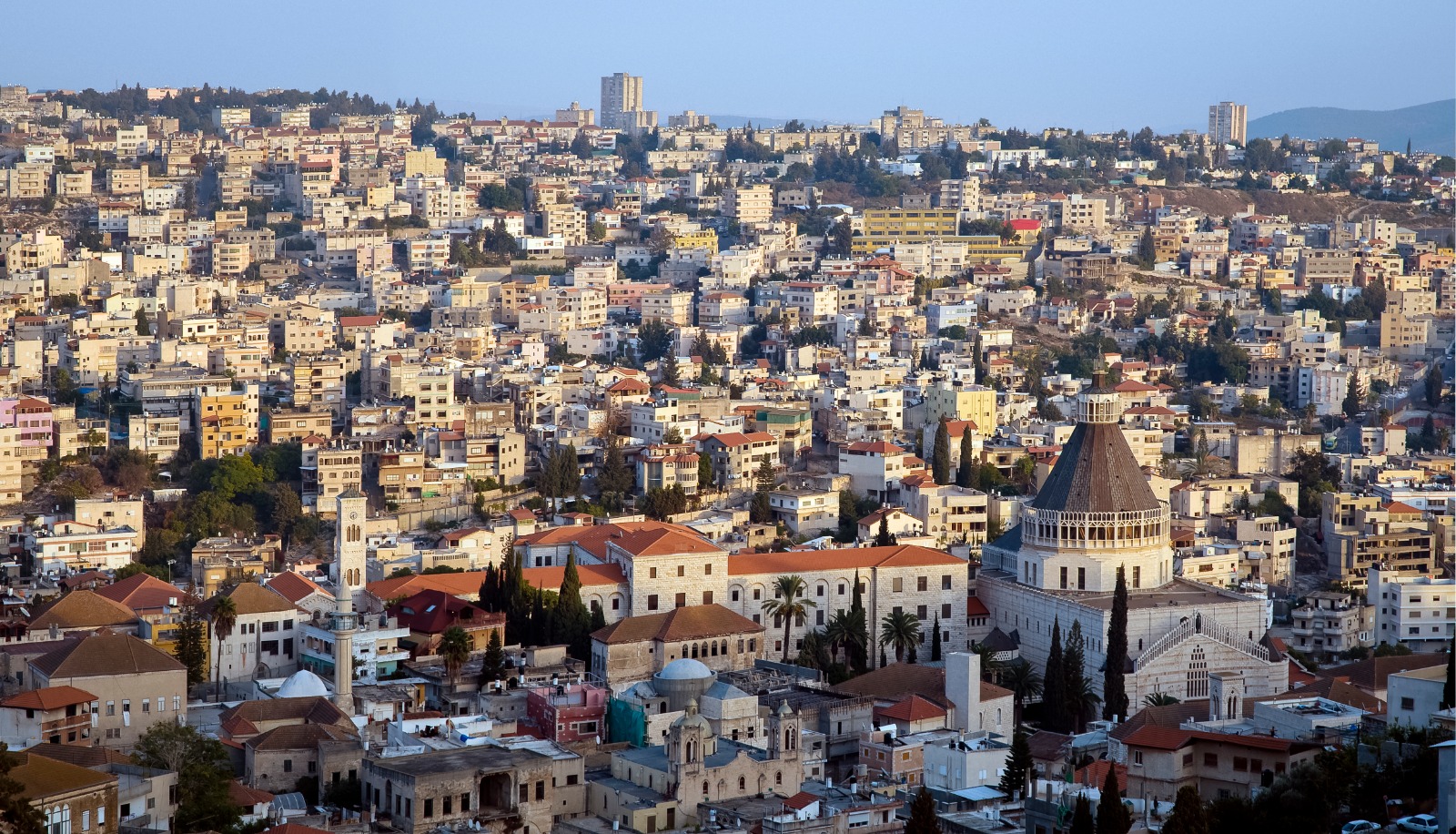
There is a very precise moment in history when a young girl’s “yes” changed the course of events. It is the evangelist Luke (Luke 1, 26-38) who tells us that the Angel Gabriel was sent by God to a city in Galilee called Nazareth, to visit a virgin called Mary.
Mary is the origin of the new alliance, the woman thanks to whose freedom God was able to enter history and become flesh.
The ancient Greeks had two ways to define time, distinguishing between kronos and kairos. The former expressed the quantitative passing by of minutes, while kairos indicated the accomplishment in time, of something great or opportune. Mary’s ”yes” is an expression of this opportunity, of the accomplishment of the alliance of love between God and humanity.
It is commonly said that the Holy Land is the fifth gospel, as its geography witnessed and tells the story of the physical surroundings in which the Lord lived, and Nazareth, through its places of worship, tells us about the episode of the angel’s visit to Mary, as well as all the other episodes in the Gospels that narrate the public life of Jesus, her son.
The Basilica of the Annunciation
Today in this Arab Israeli village there stands a basilica of the Custody of the Holy Land with inside it the grotto of the Annunciation, visible evidence of the “yes” that allowed the Word to become flesh. The inscription "Verbum caro factum est" the word has become flesh) is also carved on the façade of the church and on the altar in the grotto, in the lower section of the basilica.
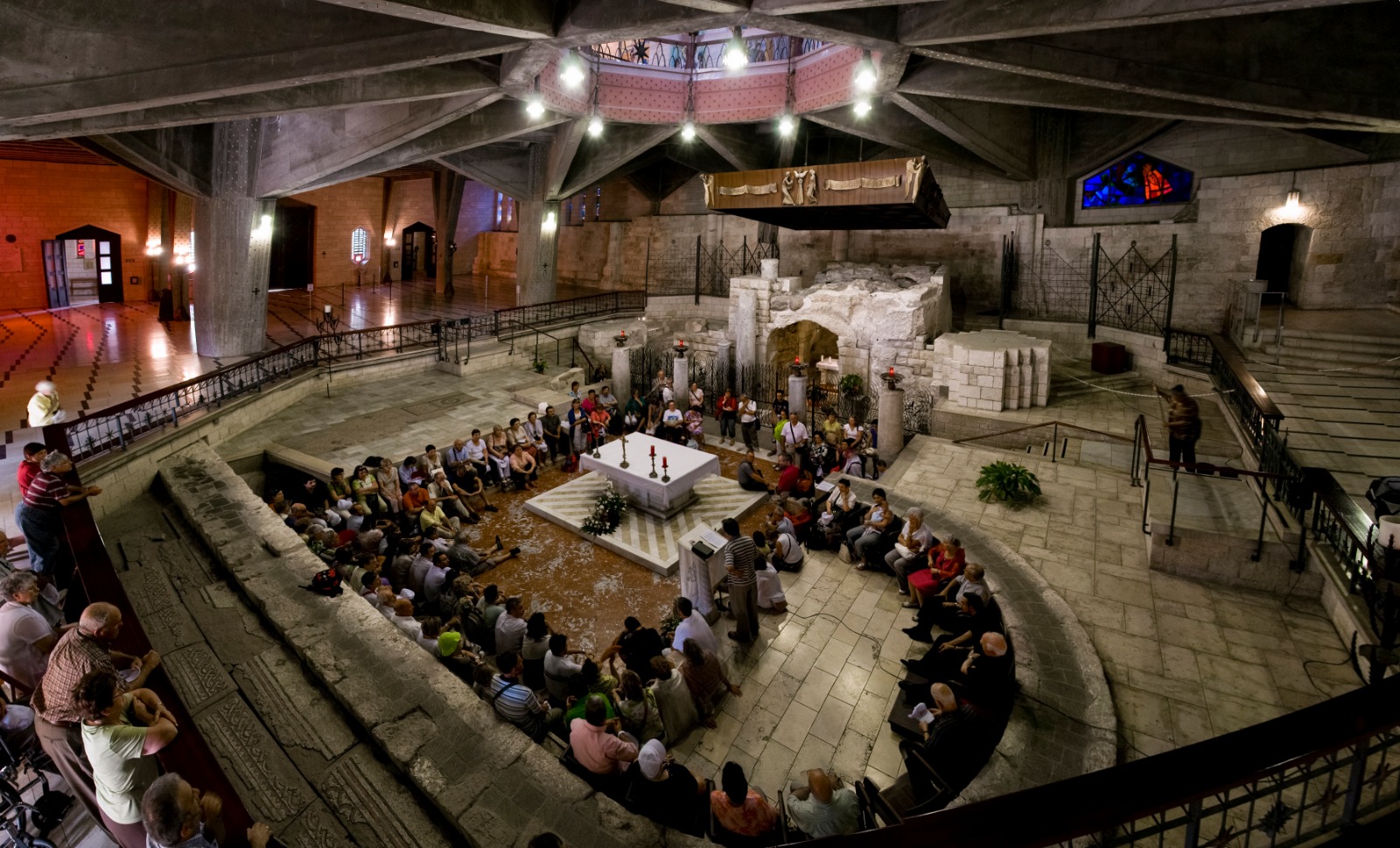
The present-day church, built between 1960 and 1969, to the design of the Italian architect Giovanni Muzio, is divided into two parts: the lower basilica–which preserves the remains of the grotto that is believed to be the exact spot where Mary met the Angel - and the upper basilica, for the liturgies for the local Christians and the pilgrims.
The recently built basilica obviously stands on the remains of pre-existing Christian buildings. The apsal shape of the space that extends in front of the grotto reveals the presence of a Byzantine church. Below this, as some archaeological evidence is believed to show, there must have been an even older Christian temple, probably dating back to the 4th century.
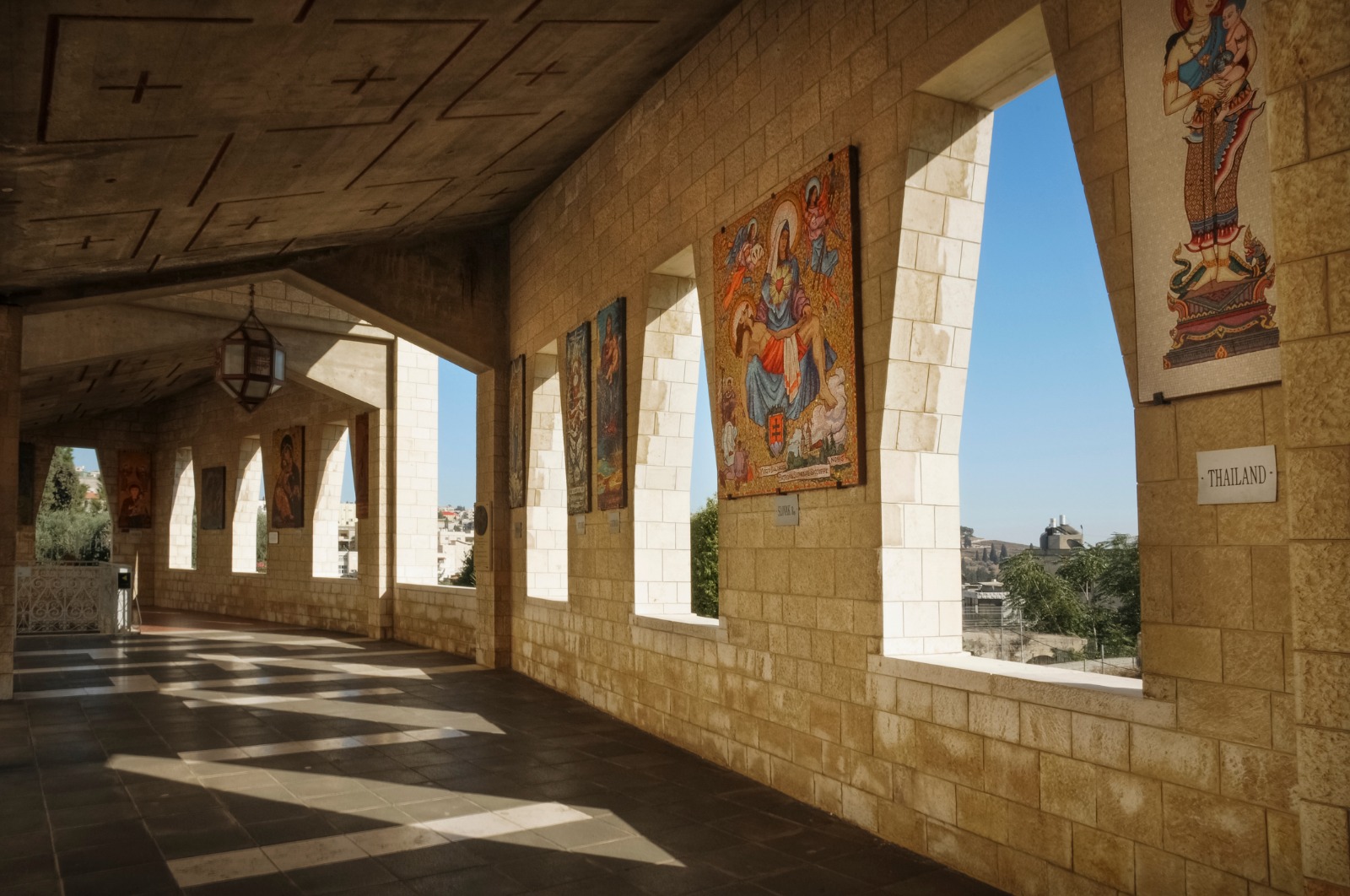
In the spacious vestibule of the basilica, circumscribed by a modern colonnade, there is a series of representations of the Virgin Mary typical of a wide variety of countries.[1]
The dual Christian tradition: Oriental and Western
The Angel’s announcement to Mary is central in the story of the salvation; the fact that the Gospels set the annunciation in Nazareth has attracted countless pilgrim to the Galilee town for many centuries.
An apocryphal story of the 2nd century, the protogospel by James, divides the episode of the annunciation into two parts: the first at the well, where the angel is believed to have greeted Mary and the second in her home, where the actual annunciation took place.These two parts also reflect two different approaches: according to the Oriental way of thinking, the announcement of the birth of Jesus would have been so important as to take place necessarily in public and therefore near a well, where the inhabitants of the town would go to fetch water. According to the Western way of thinking, on the contrary, the announcement ought to have been made in a more private and personal place, therefore necessarily at home.Due to this difference in mentality, the Greek Orthodox built their own Church of the Annunciation -called St Gabriel’s church -, near the place where the water still gushes from a spring which supplied the city and which in the past supplied the main well of the Galilee town. In the Holy Land, there are different shrines dedicated to Our Lady, or which recall her memory. Those of the Custody of the Holy Land include the shrine of the Milk Grotto in Bethlehem, that of the Visitation in Ain Karem and the Basilica of the Annunciation in Nazareth.
Filippo De Grazia
[1]Cf. Terra Santa - Guida francescana per pellegrini e viaggiatori - TS Edizioni (2018) [Holy Land – A Franciscan guidebook for pilgrims and visitors]


